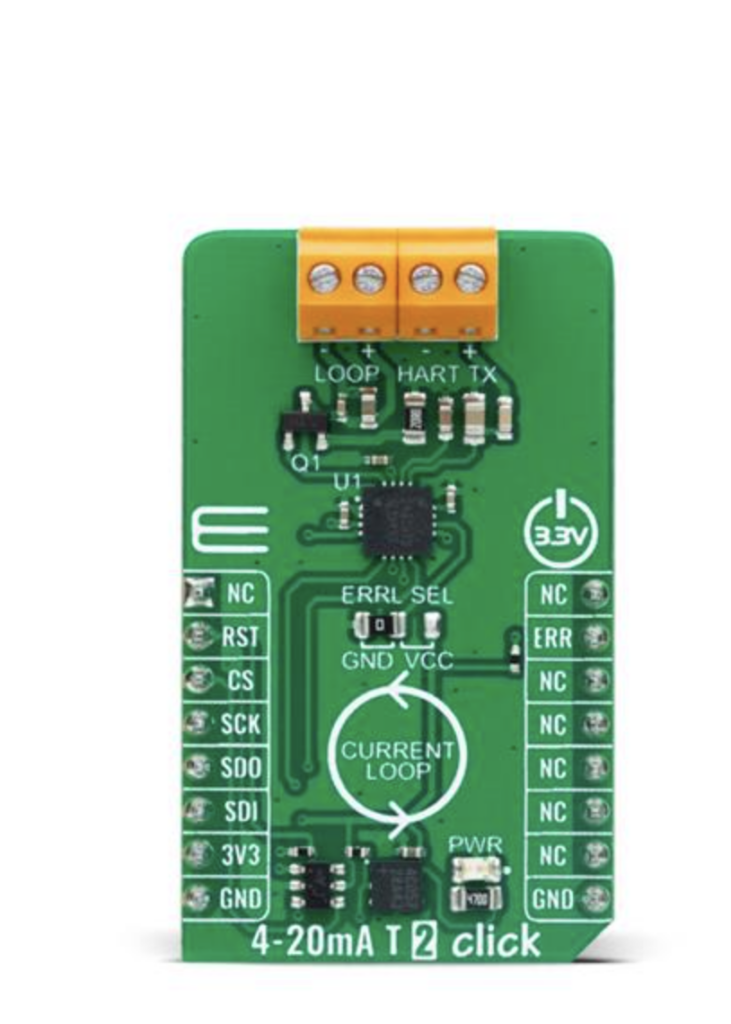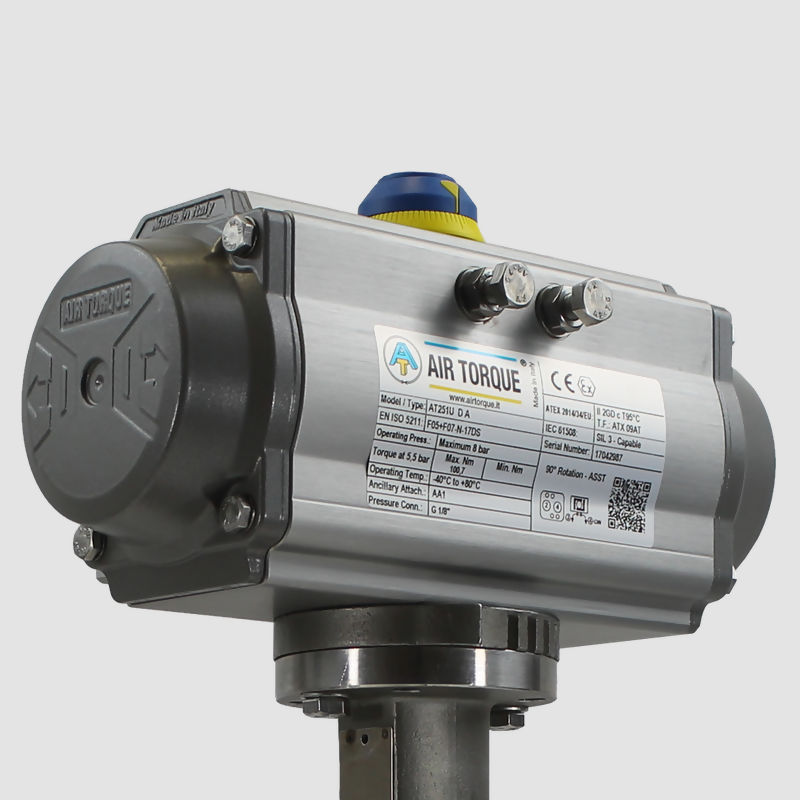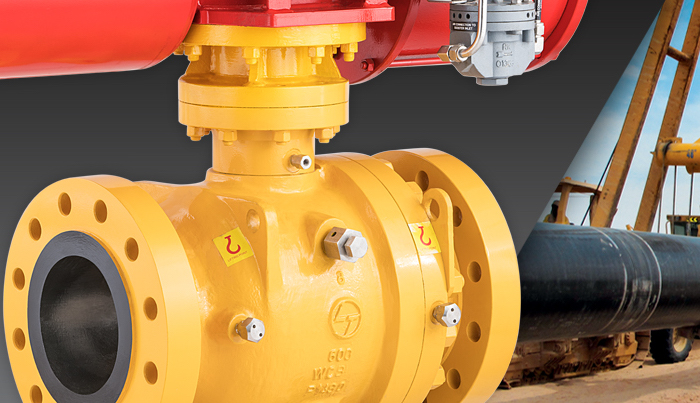An emergency shutdown valve, frequently referred to as a safety shutdown valve, quickly halts fluid flow in an emergency or potentially hazardous situation. Emergency shutdown valves provide operators a safe way to shut down a process operation without significant cost or damage to people or property.
In this article, we review the working principles of the shutdown valve, closing time, and types.
Working Principle of Emergency Shutdown Valve
The shutdown is part of a larger system that works together to halt operation. To begin the shutdown sequence a trigger event must occur that uses control logic to initiate actuation and valve closure.
Triggering Event
The emergency shutdown valve activates in response to a trigger that indicates a potentially hazardous situation. Typically, this trigger originates from a PLC or DCS system that monitors an input parameter. Parameters that trigger such a response include:
- High or Low-Pressure Levels – High-pressure levels indicate potentially dangerous pressure that can cause damage to equipment, process lines, or personnel. Low-pressure levels may indicate a leak in the process.
- High Temperature – Abnormally high pressure may result in equipment degradation, explosion, or a product that does not meet specifications.
- Low Level – Process systems often require mixing or holding process media inside tanks, vessels, and other equipment. Low levels may indicate a level or blockage of the process.
Nearly any process parameter can trigger an emergency shutdown valve in custom-designed processes.
Control Logic
The triggering event sends a signal (typically 4-20mA) to the PLC, DCS, or SCADA system. The system then processes that signal and initiates the appropriate shutdown procedure.

Actuating and Valve Closure
An actuator receives a signal to initiate shutdown. The actuator moves the valve closure element into the desired position. The closure typically happens rapidly to minimize the duration of the emergency situation.

Confirmation and Notification:
After the ESD valve has closed, the control system may receive feedback signals to confirm that the valve has successfully shut off the flow. This feedback should be immediately visible to operators so necessary operational modifications can be made.
Override and Manual Control
In rare cases, operators may be able to override the automatic shutdown or manually control the ESD valve if necessary, but this is typically reserved for small process systems.
When implemented correctly, an emergency shutdown valve isolates potentially hazardous situations quickly to prevent further damage, protects personnel and equipment, and minimizes the impact on safety and the environment.
Knowing the type of valve, the proper design, reliability, and integration into the overall safety system are crucial to its effectiveness. Critical systems may have redundant ESD valves to ensure reliability. If one valve fails to operate, another provides the shutdown function.
Emergency Shutdown Valve Closure Time
Closure time varies depending on process requirements. While quick responses are generally desired, the process may not require swift shut-offs, thus allowing for lower actuator torque and/or higher valve closure time.
In the US offshore industry, the requirement is to close within 45 seconds. This rule services from API RP 14C Recommended Practice for Analysis, Design, Installation, and Testing of Basic Surface Safety Systems for Offshore Production Platforms, Appendix C – Support Systems C.2.1.4. “The time it takes for any safety device (e.g. PSH, BSL, ESD station, etc.) to effect component or platform shutdown should not exceed 45 seconds.” API RP 14C lacks opening time criteria, however.
A general rule of thumb bandied around the industrial industry is that the closing time for ball valves requires about one second per inch in bore diameter. As such, an 8” valve could be estimated to close in 8 seconds, whereas a 24” valve could take 24 seconds.
Valves may be subject to functional safety standards depending on the required specifications. These functional safety standards are associated with the safety integrity level (SIL) standards laid out by the International Electrotechnical Commission and include IEC 61508 (Functional Safety of Electrical/Electronic/Programmable Electronic Safety-Related Systems) as well as IEC 61511 (Functional safety – Safety instrumented systems for the process industry sector).
Shutdown Response Based on the Type of Valve
Ball valves generally provide the fastest shutoff, using a spherical ball that can quickly block the flow path. Ball valves offer the most practical choice for emergency shutdown in most scenarios.
Gate valves have a wedge-shaped gate that moves perpendicular to the flow direction. While they can provide a tight seal, their closing time is generally slower than ball valves, especially in larger sizes.
Globe valves contain a disc that moves up and down to control flow. Their closing time is typically slower than ball valves due to the linear motion required.
Butterfly valves use a disc that rotates to control flow. While they are generally quicker to operate than gate and globe valves, they typically see use in large-bore applications. As such, they generally may not be as fast as ball valves in some cases.
Other valves, such as needle, plug, and diaphragm valves, are infrequent in shutdown operations due to typically well-defined and alternative use cases


Recent Comments